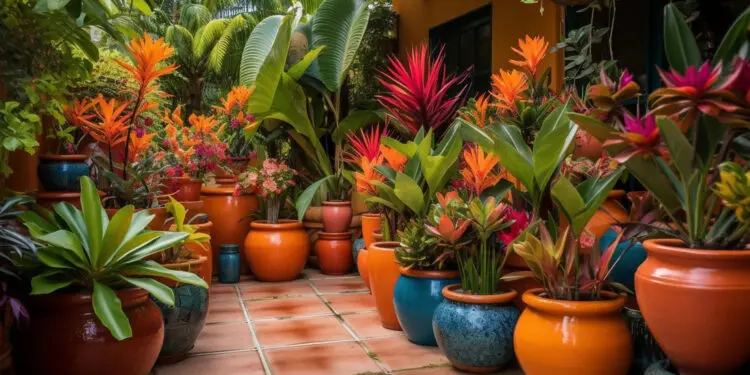Pot plants are a great way to add some greenery to your house or diversify your outdoor garden. You can easily plant ornamentals, fresh produce, or flowers in them.
However, you need to carefully choose your pot, both in terms of shape and size, to allow each plant to spaciously and healthily grow.
Let’s delve deeper into the different types of pots to facilitate the decision for you.
The Importance of Picking the Right Pot Size
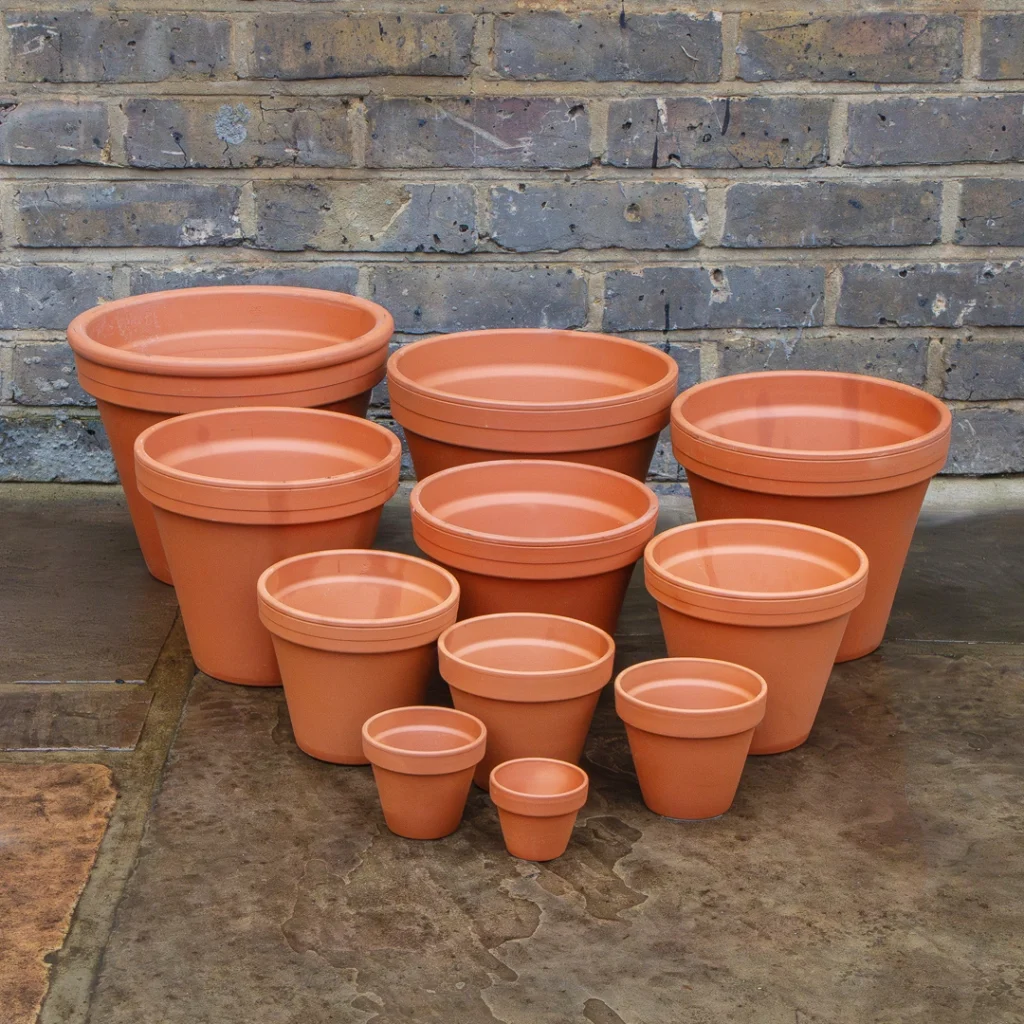
The size of your pots or planters can make or break your plants.
When you choose a pot that’s too small, root growth is restricted and plants become stunted. In addition, this can also impact air circulation, as the scarce space will lead to compacted soil.
Moreover, small pots often dry out plants fast. This means you’ll need to water your garden more often, risking overwatering. You’ll also have to add fertilisers more often, as the limited soil volume can cause nutrient deficiencies.
On the other hand, an unnecessary spacious planter can hamper your plants. Large pots retain moisture, which can cause root rot and inconsistent watering if not handled the right way.
In addition, the extra soil can lead to nutrient dilution, making it quite difficult for your plants to absorb food.
You want to match your pot’s size to your specific plant, creating the perfect home for roots to grow.
How to Choose the Perfect Pot Sizes
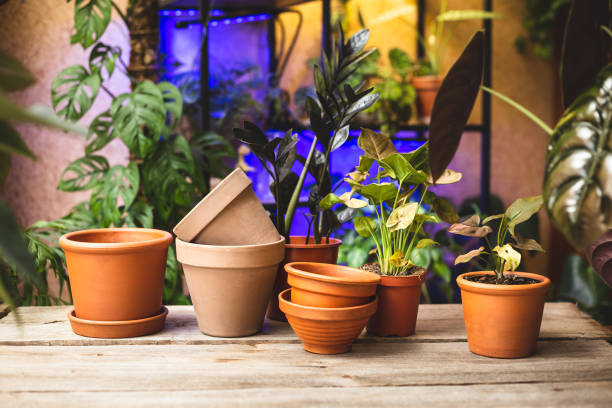
Many people, especially beginner gardeners, find selecting the pot’s size an unsolvable dilemma. Although it can be confusing, it’s not rocket science. Here’s a quick breakdown.
Ten Inches
A 10-inch diameter pot can hold around two and a half to three gallons of potting soil. It is ideal for succulents, herbs, beets, strawberries, turnips, and small carrots.
It’s also perfect for growing marigolds and zinnia flowers.
Fourteen Inches
Containers with a 14-inch pot width are perfect for planting cabbage, peas, large carrots, and spinach.
It’s a good growing environment for hearty leafy greens as well, such as kale, collard greens, and chard.
Eighteen Inches
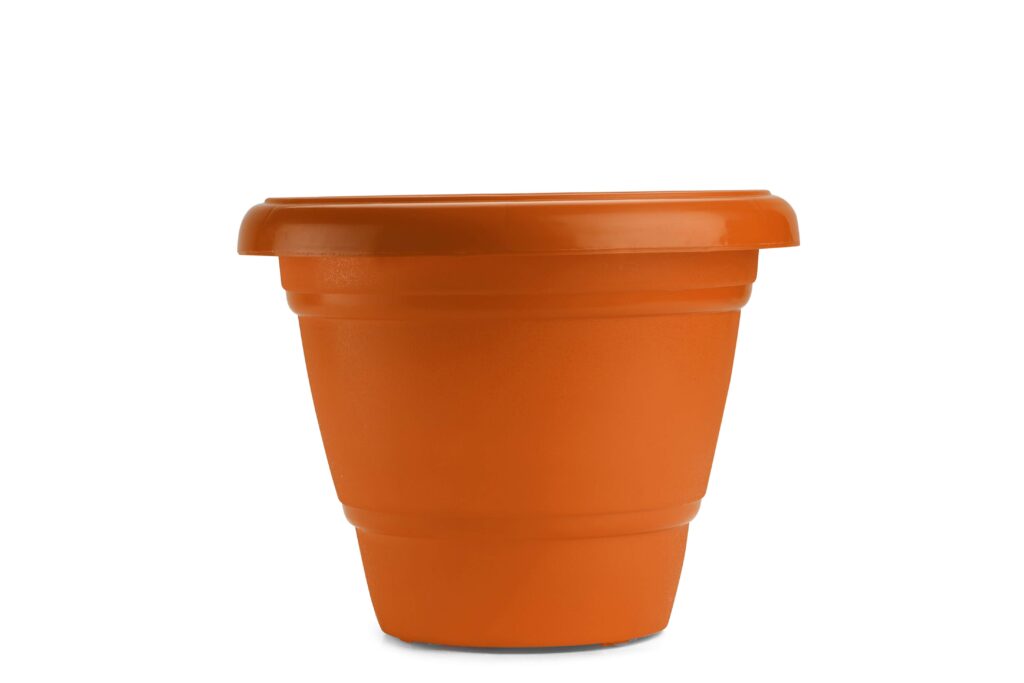
This size can accommodate vegetables with large leaves, such as broccoli, cauliflower, eggplant, zucchini, peppers, and tomatoes.
It is also the ideal home for germinating berries, shrubs, cacti, and even pint-sized citrus trees.
Twenty-four Inches
These pots hold 24 gallons of soil and can host large houseplants with expansive multibranched systems.
They’re usually reserved for growing vegetables, such as tomatoes, peppers, and eggplants. Such pots are also considered a good option for shrubs, herbs, and sunflowers. Moreover, they can house large greenery, such as citrus trees.
Thirty Inches
They generally serve as nursery pots for ground trees, as they can accommodate the root system of large plants. They’re typically used for growing pear, apple, and plum trees.
In addition, they can be used to create water gardens or decorative displays of ornamental plants.
General Tips
As much as common knowledge of the typical uses of different pot sizes is helpful, sometimes you need to make the decision yourself.
A rule of thumb is that most plants thrive in a pot two inches bigger than their width. If you’re growing different plants in one container, measure the diameter of each and add two inches to each.
However, for exceptionally large plants, choose a pot that’s 4-6 inches wider than the plant’s width.
This will give your plants enough room to shoot out without competing for sunlight or nutrients.
Your Guide to Different Pot Types
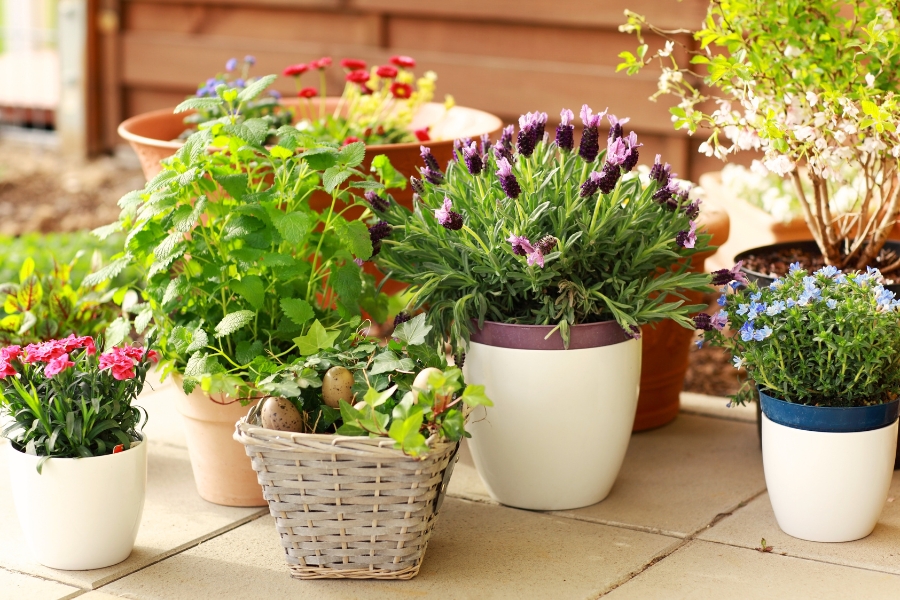
The design and material of your container is as important as the size, especially in the long run. They each have varying characteristics that can impact both your plants and your garden’s aesthetics.
Plastic
These tend to be lightweight and low-cost, and they’re available in many different colours.
Plastic pots are better for indoor plants, as certain types, particularly black ones, absorb the summer’s sun and can overheat your plant’s roots.
Be wary of extremely thin plastic as it usually photodegrades. Plastic photodegradation happens when the material is too slender and the sunlight seeps through it too much, causing it to crumble.
Terracotta
Made from red clay, these classic pots are porous, allowing air and moisture to move freely. Additionally, most of them come with drainage holes to prevent waterlogging. This reduces the risk of root rot.
Moreover, they balance the soil’s temperature, keeping the soil cooler in summer and warmer in winter.
Ceramic Containers
Made from clay, they are sturdy and heavy to stabilise the plants. They are considered somewhat ornamental and come in a wide array of shiny colours.
They retain moisture and insulate temperature, protecting your plants in extremely hot weather. Almost any plant will flourish in a ceramic pot.
However, they can crack when exposed to extreme variations in temperature. They’re also rather pricey.
Hanging Baskets
They are a popular option for vertical gardening. Available in different materials, they accommodate different plants.
These baskets are known for their astonishing shapes and colours, creating a pleasant aesthetic wherever they are.
Most types have drainage holes to prevent water accumulation, reducing root rot. Moreover, their elevated position allows good air circulation, preventing many fungal diseases.
How to Select the Proper Pot Shape
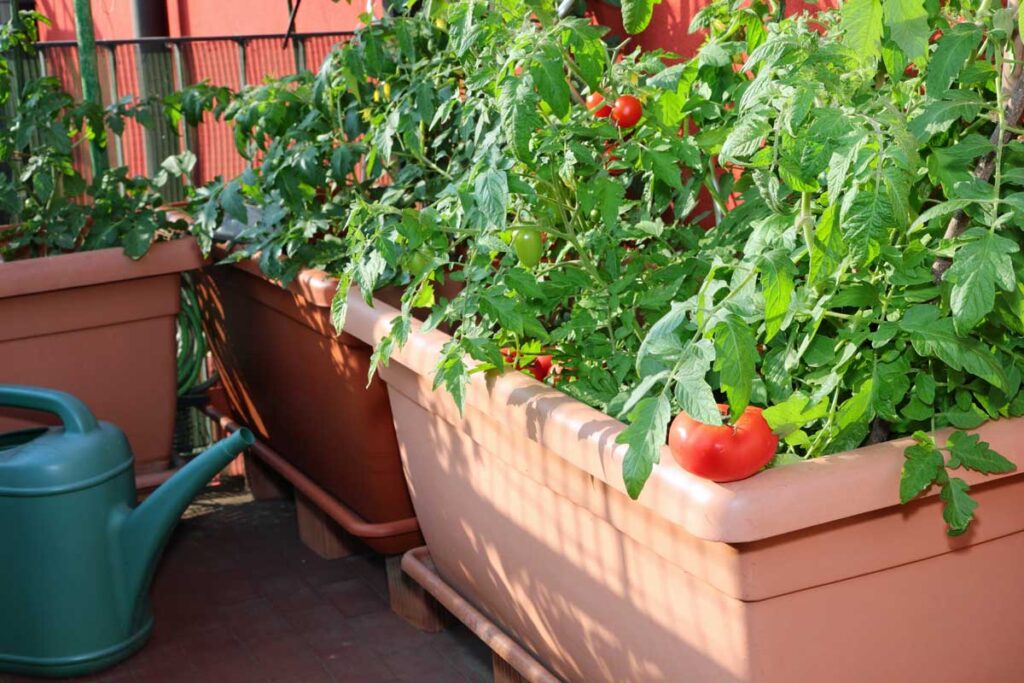
Choosing the right pot shape goes hand in hand with your plants’ health and the visual appeal of your space.
Consider the type of plant you’re growing. Deep-rooted plants, like tomatoes, prefer tall narrow pots. However, shallow-rooted plants, like succulents, do well in wide shallow containers.
The growth habit of the plant also has an important role. Spreading plants need wide pots to accommodate them properly, whereas upright plants are best suited to tall narrow containers.
Moreover, you should consider the watering needs of your plants. Taller pots can hold more soil and water, while shallow pots dry out in no time.
You also need to take the overall landscape into account. Pick shapes that complement each other and fit into your garden’s vibe. It is crucial to balance your plant-to-pot ratio adequately. Purchase a pot that will allow it to peak properly and expand in roots.
Finally, take the size of your plant into consideration. Heavier pots made from strong materials have limited shapes, but are the right option for bigger or spreading plants. Make sure they can withstand wind and other weather changes.
When to Call in a Gardener
Your pot is the home of your plants. That’s why you need to make the right choice.
If you’re still confused about the right size, shape, or material, consult a professional gardener. Specialists have the proper knowledge and expertise to guide you through the whole process.
Conclusion About Choosing a Garden Pot
Just like you carefully choose your home, plants wish they could choose their pots with the same enthusiasm.
As your plants can’t do that kind of work, you have to ensure you properly select the best possible container for them. Measure up your plants, read a lot, and start gardening!

